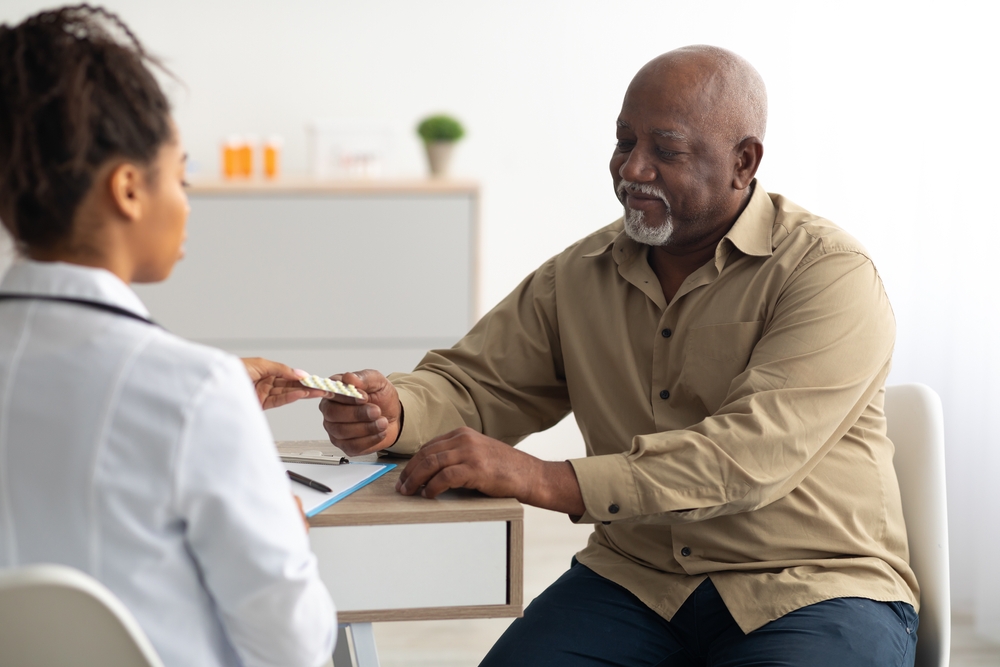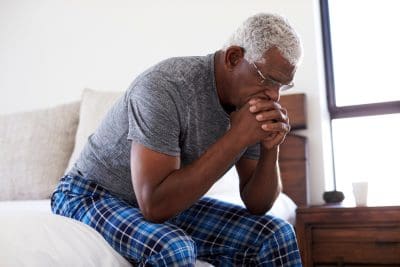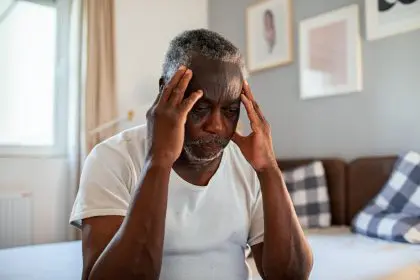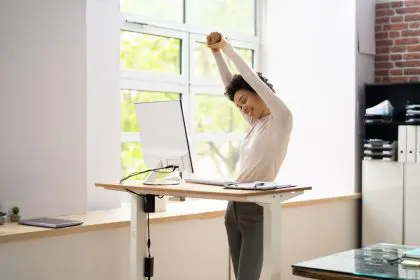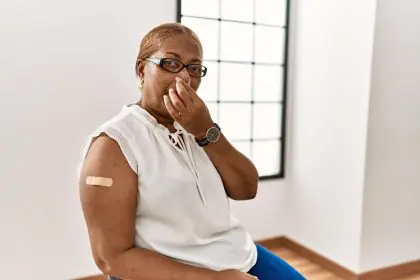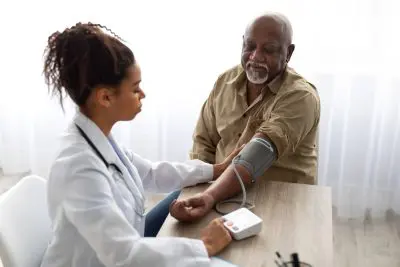The moment Barbara Thompson found her mother lying motionless on the kitchen floor last spring, surrounded by scattered grocery bags and a broken drinking glass, she knew something had changed. Her mother, once graceful and sure-footed, had been experiencing minor stumbles over the past few months – a trip on the garden step, a wobble while getting out of the shower, a near-miss on the stairs. These falls, starting as occasional missteps and progressing to more serious tumbles, often tell a story that families initially miss.
“I should have noticed earlier,” Barbara reflects, remembering how her mother had started taking longer routes around furniture, holding onto walls while walking, and becoming increasingly hesitant on familiar paths. These subtle changes in movement patterns, combined with the increasing frequency of falls, painted a picture that would soon lead to a devastating diagnosis.
The numbers that changed everything
Recent findings from an extensive study published in JAMA Network Open have sent ripples through the medical community. After analyzing data from over two million older adults who experienced traumatic injuries, researchers uncovered a startling pattern. More than 10% of seniors who suffered falls received dementia diagnoses within the following year, representing a 21% higher risk compared to those who hadn’t fallen.
Understanding the invisible connection
Medical professionals have long suspected a link between physical stability and cognitive health, but the scale of this connection has surprised even seasoned researchers. The relationship works both ways – cognitive decline can lead to falls, and falls might accelerate cognitive problems.
At major research institutions across the country, scientists are working to unravel this complex relationship. Their work suggests that what happens in the moments after a fall might be just as crucial as the fall itself. When seniors experience head trauma or brief loss of consciousness, it can trigger a cascade of neurological events that may impact cognitive function.
The warning signs nobody talks about
Before a fall occurs, subtle changes in behavior often go unnoticed. Changes in walking patterns, hesitation on stairs, or growing reluctance to move around familiar spaces might signal both physical and cognitive challenges. These early warning signs often appear months before more obvious symptoms of cognitive decline become apparent.
Breaking down the science
The brain’s complex network of neural pathways requires constant maintenance and repair. When trauma occurs, even seemingly minor incidents can disrupt these delicate systems. Researchers have discovered that the inflammation and stress responses triggered by falls might accelerate existing cognitive decline or reveal previously unnoticed memory issues.
The role of fear in falling
Perhaps one of the most overlooked aspects of falls is their psychological impact. Many seniors develop a fear of falling that leads to reduced physical activity, which can accelerate both physical decline and cognitive deterioration. This cycle of fear and inactivity creates a dangerous feedback loop that increases the risk of both future falls and cognitive decline.
Creating a safer environment
Environmental modifications play a crucial role in preventing falls, but they need to be implemented thoughtfully to maintain independence while ensuring safety. Modern approaches to fall prevention go beyond simply removing throw rugs and installing grab bars.
Professional occupational therapists now recommend:
Creating clear pathways through living spaces that accommodate natural movement patterns Installing motion-activated lighting systems that respond to nighttime movement Using contrast colors to make edges and transitions more visible Incorporating stability-enhancing furniture arrangements that provide natural rest points
The technology factor
Modern technology has introduced new tools for fall prevention and detection. Smart home systems can monitor movement patterns and alert caregivers to changes that might indicate increased fall risk. Wearable devices can detect falls and automatically summon help, providing peace of mind for both seniors and their families.
Exercise as medicine
Physical activity remains one of the most effective tools for preventing both falls and cognitive decline. However, not all exercise programs are created equal. Specialized programs designed for seniors focus on:
Building core strength and stability Improving balance through targeted exercises Enhancing spatial awareness Maintaining flexibility and joint mobility Strengthening cognitive-physical connections through dual-task exercises
The community connection
Social isolation increases both fall risk and cognitive decline. Community engagement programs that combine physical activity with social interaction show promising results in maintaining both physical and cognitive health. Senior centers across the country are developing innovative programs that address both aspects simultaneously.
Making the home work harder
Home modification doesn’t have to mean institutional-looking changes. Modern design approaches integrate safety features seamlessly into attractive home décor. Designers now focus on creating spaces that support independence while maintaining style and dignity.
When professional help matters
Knowing when to seek professional evaluation can make a crucial difference. Medical professionals recommend comprehensive evaluations after any fall, even if no immediate injury is apparent. These assessments should include:
Balance testing Cognitive screening Medication review Vision assessment Home safety evaluation
Looking to the future
Research continues to reveal new connections between physical and cognitive health in aging adults. Understanding these links helps families and healthcare providers develop more effective strategies for maintaining independence and quality of life as people age.
Building a support network
Creating a robust support system becomes crucial as adults age. This network should include:
Family members and friends who can provide regular check-ins Healthcare providers familiar with both physical and cognitive health Community resources for social engagement and physical activity Emergency response systems for immediate assistance when needed
The path forward
As our understanding of the connection between falls and cognitive health grows, new approaches to prevention and treatment continue to emerge. Families facing these challenges can take hope in knowing that awareness, early intervention, and comprehensive support can make a significant difference in outcomes.
The journey through aging brings many challenges, but understanding the connection between physical and cognitive health empowers families to make informed decisions. By staying aware of the latest research and implementing comprehensive prevention strategies, families can work together to maintain their loved ones’ independence and quality of life for as long as possible.

